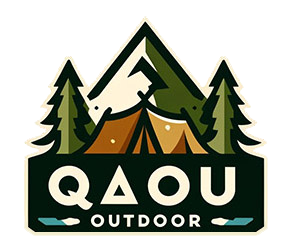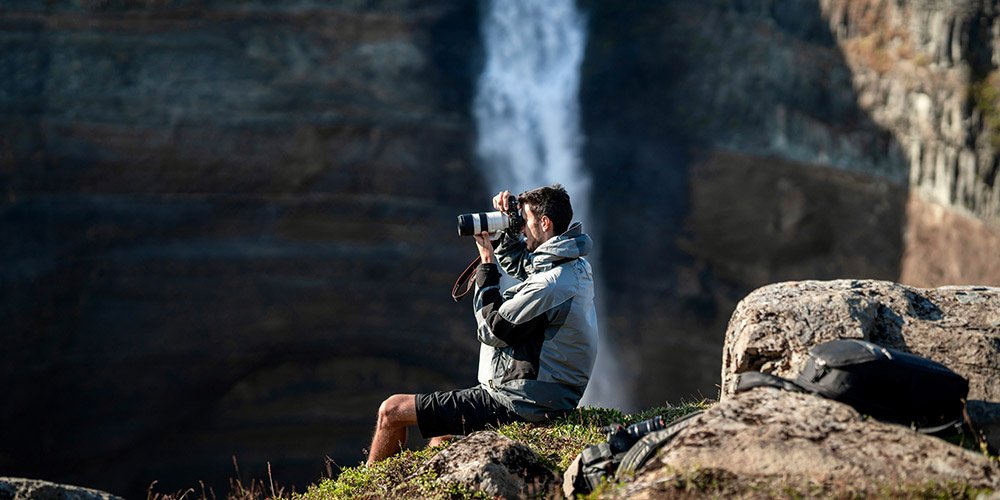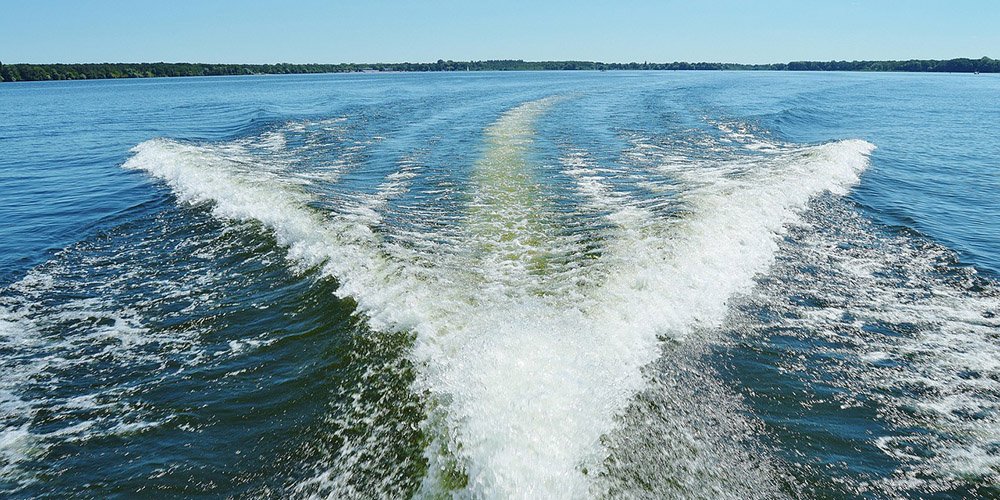Outdoor and Nature Photography: Capturing the Wild World
There’s something deeply satisfying about capturing the beauty of the natural world through a camera lens. Whether it’s a majestic mountain range, the delicate flutter of a butterfly, or the spray of a kayak slicing through water at sunrise, outdoor and nature photography is about telling the stories that landscapes, wildlife, and adventures quietly hold. It merges visual art with exploration and creates lasting impressions of fleeting moments.
This guide explores everything you need to know—from gear and techniques to ethics and post-production—whether you’re a seasoned shutterbug or just looking to snap better photos on your next hike, climb, or kayaking trip.
Essential Gear for Nature and Adventure Photography
You don’t need a suitcase full of high-end equipment to take compelling nature photographs, but what you do need is gear that’s reliable, portable, and rugged enough to withstand the elements.
Cameras such as DSLRs and mirrorless models are the most popular choices, offering great image quality, interchangeable lenses, and manual control. Look for models with weather-sealing and long battery life if you’ll be shooting in extreme conditions.
A wide-angle lens is particularly useful for capturing expansive landscapes, while a telephoto lens allows you to photograph wildlife from a respectful distance. For closer subjects or delicate details like moss, wildflowers, or insects, a macro lens reveals textures and patterns invisible to the naked eye.
Accessories also play a crucial role. A lightweight tripod is invaluable for long exposures, sunrise and sunset shots, or situations where stability matters. Carry a waterproof camera bag to protect your gear from rain, snow, or dust, and bring extra batteries and memory cards, especially if you’re heading into remote areas. Action cameras and drones can also offer dynamic perspectives and footage during active pursuits like climbing, trail running, or kayaking.
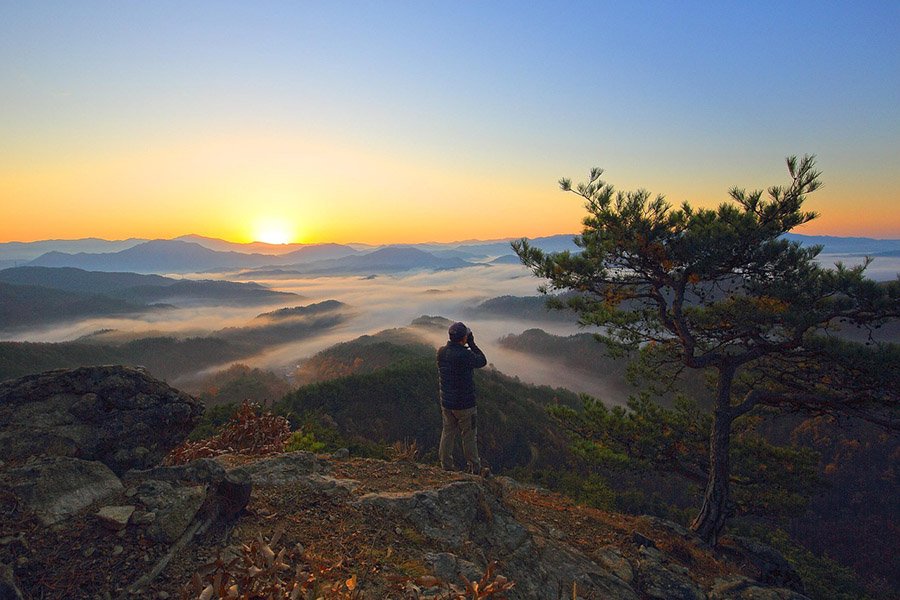
Mastering the Techniques for Outdoor Photography
Great photography is more than pointing and shooting—it’s about seeing. Understanding light, composition, and camera settings transforms your images from snapshots into works of art.
Composition is your starting point. Framing a shot using the rule of thirds creates visual balance, while leading lines—such as a trail, river, or ridgeline—can guide the viewer’s eye into the scene. Natural frames like overhanging branches or rock formations help add context and depth to your images. Don’t just photograph the landscape—try to capture mood, weather, scale, and emotion.
Lighting is equally important. Early mornings and late afternoons, known as the golden hours, provide soft, diffused light that enhances color and contrast. Midday light can be harsh, but it can work well in desert environments or when photographing movement in water. Cloudy days are perfect for even lighting in forests or for shooting waterfalls and macro subjects.
Camera settings depend on your subject. A fast shutter speed helps freeze motion when photographing wildlife or action sports. A smaller aperture (such as f/11 or f/16) keeps your entire landscape in focus. When shooting in low light, consider increasing the ISO slightly or using a tripod to avoid camera shake during longer exposures. Manual focus can also help when your camera’s autofocus struggles, especially in low contrast situations.
Outdoor Adventure Photography: Capturing the Experience
Outdoor photography isn’t limited to still landscapes. More and more, photographers are turning their lenses toward the adventure itself—documenting the journey just as much as the destination.
Adventure photography focuses on capturing people interacting with the natural world: hikers pausing at a viewpoint, kayakers slicing through glacial lakes, climbers reaching for a hold. These moments convey emotion, challenge, and achievement. When photographing outdoor activities, stay alert and anticipate movement. Set your camera to burst mode, and position yourself at vantage points where you can include both the subject and the surrounding scenery.
If you’re documenting your own adventures, compact cameras or GoPros mounted to helmets, paddles, or handlebars offer hands-free versatility. Lightweight gear is critical—opt for a mirrorless setup or a smaller zoom lens to keep things manageable during active pursuits. And don’t forget to capture quiet moments too: setting up camp, lacing boots, brewing coffee beside a trail.
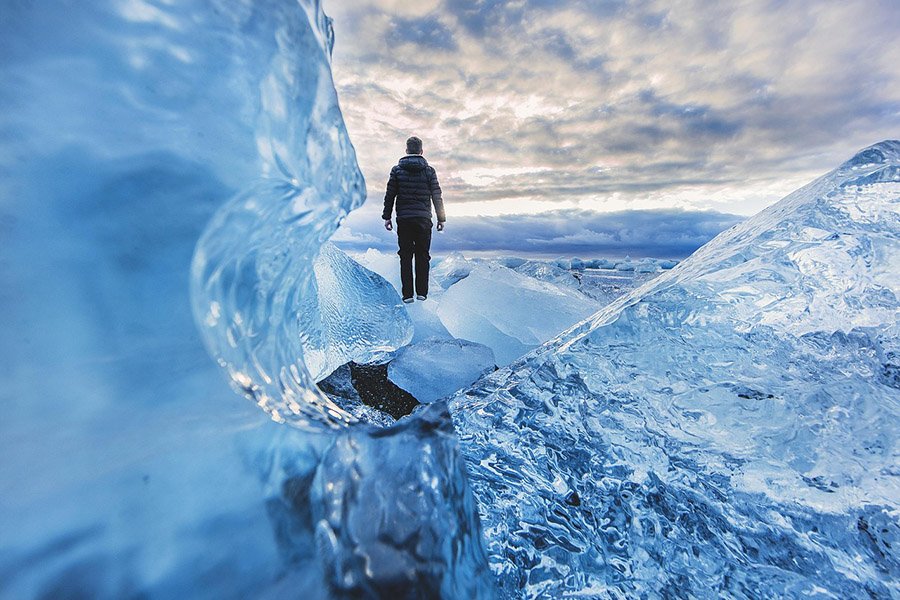
Wildlife, Landscape, and Macro Photography
Each type of nature photography offers its own challenges and rewards.
Wildlife photography requires patience and respect. Animals should never be baited or disturbed for a shot. Use long telephoto lenses to keep your distance, and approach slowly and quietly. Early morning is usually the best time to photograph animals when they’re most active.
Landscape photography, on the other hand, is often about planning. Scout your location ahead of time, watch the weather, and return multiple times if necessary to capture the best light. Filters, like graduated neutral density filters, can help balance exposure between a bright sky and darker land.
Macro photography allows you to explore small details like dewdrops on a leaf, the texture of bark, or the symmetry of a flower. These shots often require a steady tripod and a macro lens or extension tubes. Focus stacking in post-processing can also help create sharp images with full depth of field.
Post-Processing and Editing Your Images
Editing your photos is not about altering reality—it’s about enhancing what you saw and felt in that moment.
Software like Adobe Lightroom and Photoshop offer a powerful toolkit for adjusting exposure, correcting white balance, cropping for composition, and enhancing colors. Don’t overdo it—good outdoor photography retains a sense of naturalism. Subtle edits can enhance contrast, bring out texture in the landscape, or restore detail in shadows and highlights. Backup your files, organize your images, and always work on duplicates to preserve the originals.
Showcasing and Sharing Your Work
Your photos deserve to be seen. Start by creating a curated portfolio—either on your own website or using services like Squarespace, SmugMug, or Pixieset. A blog is a great way to share the stories behind your photos, especially if you pair them with hiking, travel, or outdoor advice.
Social media platforms like Instagram and YouTube offer visibility and community. Use hashtags strategically and interact with other photographers and adventurers. Submitting your work to outdoor magazines, participating in photo contests, or printing your best shots for display can also elevate your visibility.
And if you’re interested in monetizing your photography, consider offering prints, photo books, digital downloads, or partnering with outdoor brands for content creation.
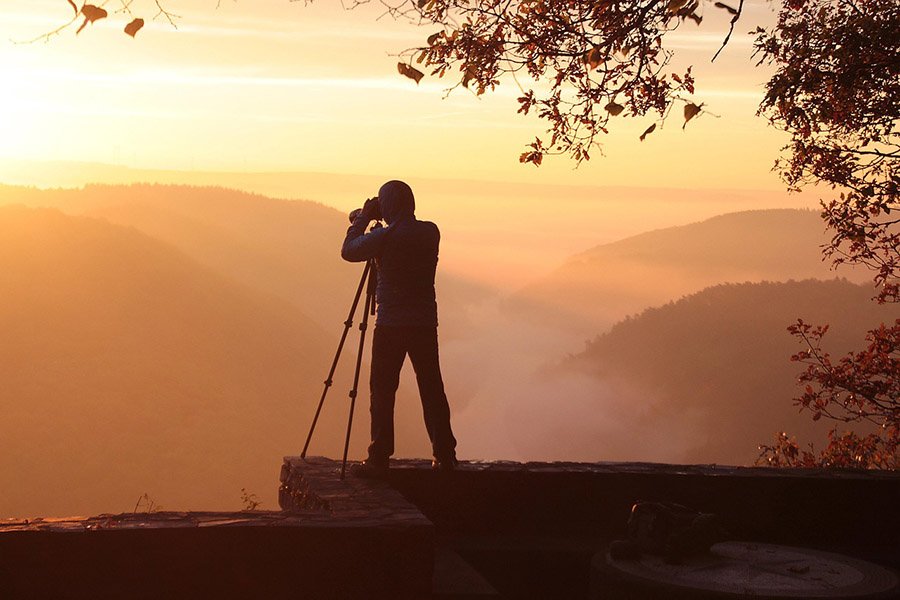
Ethical and Environmental Responsibility
As nature photographers, we have a responsibility to protect what we photograph. The desire to get a compelling shot should never come at the expense of nature’s wellbeing.
Follow Leave No Trace principles. Stick to marked trails, avoid disturbing wildlife, and never pick plants or move natural objects for your composition. Be mindful of geotagging—sharing exact locations of sensitive areas can lead to overcrowding or habitat destruction. Educate your audience on environmental issues when appropriate. Beautiful photography can inspire conservation, but only if it’s rooted in respect.
Resources and Communities
There’s a thriving community of outdoor photographers eager to share tips, offer critiques, and inspire your journey.
Consider online learning platforms like Skillshare, Outdoor Photography School, or even free YouTube channels hosted by professional adventurers like Thomas Heaton, Brendan van Son, or Morten Hilmer. Books like “The Art of Outdoor Photography” by Boyd Norton or “Photographing the Natural World” by Art Wolfe offer deep dives into the craft. Local photography clubs and guided photo hikes can also offer camaraderie and valuable experience.
Conclusion
Outdoor and nature photography invites you to see the world differently—to pause, appreciate, and preserve fleeting moments of beauty and connection. Whether you’re alone in a forest at sunrise or paddling toward a waterfall with friends, your camera becomes a storyteller, capturing both grandeur and intimacy.
So pack your gear, charge your batteries, and step outside. Adventure awaits—not just to be experienced, but to be shared.
